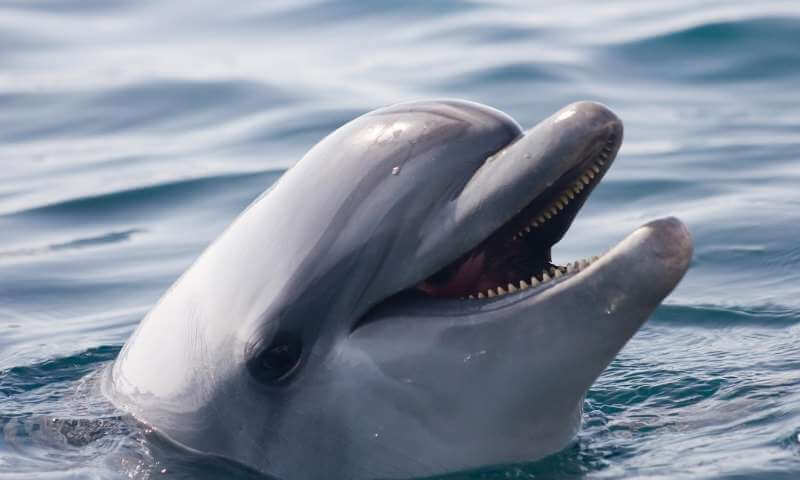
Whales and dolphins (cetaceans) live in cohesive social groups, have a complicated relationship, talking to each other and even have regional dialects — almost like in human society. A large new study published in Nature Ecology & Evolution, tied to the complexity of culture and behavior of cetaceans with the size of their brains.
The study was conducted in cooperation of scientists of the University of Manchester, the University of British Columbia, Canada, the London school of Economics and political science (LSE) and Stanford University. It was the first of its kind to create a large dataset of brain sizes and social behavior of cetaceans. The researchers collected information on 90 different species of dolphins, whales and porpoises. They were able to present compelling evidence that cetaceans have a clever social and behavioral traits similar to those available in human culture.
Social and cultural traits associated with size and extension of the brain — also known as encephalization.
A long list of behavioral similarities include many features present in humans and other primates:
- complex Alliance relationship — mutually beneficial work
- social transmission of hunting skills — learning to hunt and use tools
- cooperative hunting
- complex vocalizations, including regional dialects — “talk” to each other
- vocal mimicry and a “signature whistles” that are unique to individuals — the use of “names”
- interspecific cooperation with the people and other species — work with different types of
- caring for other people’s children
- social games
Dr. Susanne Shultz, an evolutionary biologist, Manchester school of Earth and environmental Sciences, says the following: “We, the people, our capacity for social interaction and development of relations allowed us to colonize almost every environment and ecosystem on the planet. We know that whales and dolphins also have exceptionally large brains and anatomically perfect and therefore created a similar Maritime culture.”
“This means that the apparent coevolution of the brain, social structures and behavioral richness of marine mammals provides a unique and striking parallel with the big brains and hypersociality humans and other primates on land. Unfortunately, they will never be able to repeat our greatest metropolises and technology, because they have not evolved opposing thumb.”
The researchers used the dataset to test the hypothesis of the social brain (GSM) or intelligence, and the cultural brain hypothesis (GCF). Fuel and gas condensate field is the evolutionary theory, originally developed to explain large brains in primates and terrestrial mammals. They claim that the large brain was an evolutionary response to a complex and rich information environment. But the first of these hypotheses was applied to “intelligent” marine mammals on such a large scale.
Dr. Michael Muthukrishna adds: “In this study we are not just looking for intelligence in dolphins and whales, we were looking for and anthropological implications. To move towards a generalized theory of human behavior, we need to understand what distinguishes man from other animals. For this we need a control group. Compared with primates, cetaceans a little more “alien” control group”.
Dr. Kieran Fox, a neurologist at Stanford University, adds: “cetaceans Have complex social behavior that resembles the behavior of humans and other primates. But they have completely different brain structure, prompting some researchers to argue that whales and dolphins are unable to achieve higher cognitive and social skills. I think our study shows that this is not so. Another question arises: how can the different brain structures in different species can result in similar cognitive and social behavior?”.
Whales and dolphins found “almost human” culture and society
Ilya Hel